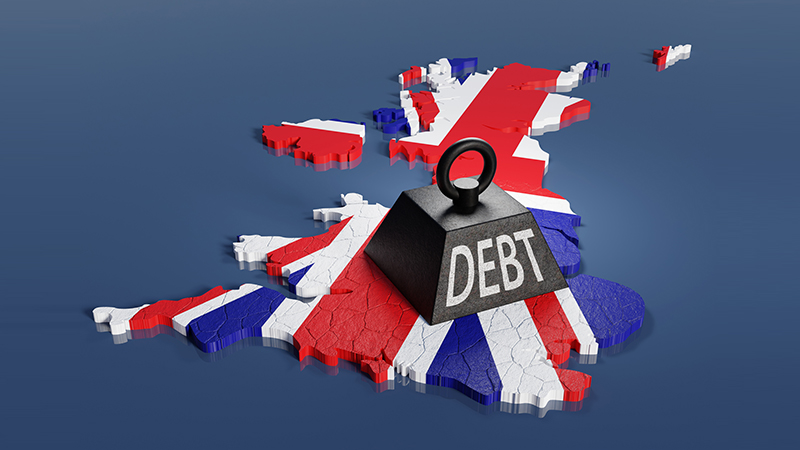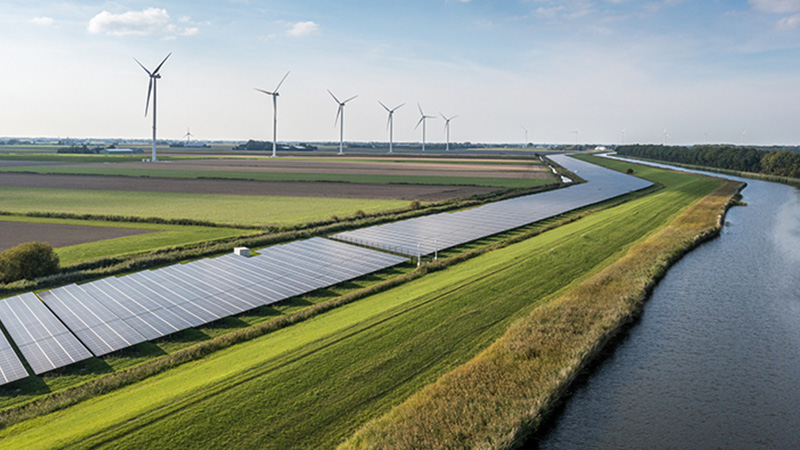According to a recent study by Ernst & Young, in the next three to five years the ETF market in Europe is expected grow by between 20 and 25%.
“Over the last three or four years the ETF industry in Europe has been growing at about a 17% compound annual rate and that compares to 7% in mutual funds and 6% in hedge funds,” said Lisa Kealy, a partner at Ernst & Young in Dublin.
Kealy told the recent Association of the Luxembourg Fund Industry (ALFI) spring meeting that even after this spectacular growth, Europe represented less than 20% of the AUM of the global ETF market, leaving plenty of room for growth.
According to data from Deutsche Bank, which is one of Europe’s biggest ETF providers, assets under management in European ETFs reached around $472bn [£319bn] by March 2015 compared with around $50 billion in 2005.
Liquidity key
The growth has been largely due to institutional demand but is increasingly being driven by financial advisers, attracted by its growing liquidity and low cost, who are using the product to build specialised portfolios that offer certain risk-return profiles, though this is still in its early days, said Roger Bootz, head of public distribution passive investment-EMEA for Deutsche Asset & Wealth Management.
“IFAs are seeking to offer clients different portfolios with different risk-return characteristics,” Bootz said. He added that as regulators push ahead with moves toward more fee-based remuneration systems, the lower costs of ETFs is adding to demand coming from IFAs.
“Self-directed retail clients are buying our ETFs through online banks via savings plans,” he said.
Bootz said Deutsche Bank’s db X-trackers ETF’s had more than $56bn assets invested. Last year the funds saw net new assets of $5.75bn and by the end of February this year inflows had reached more than $2.6bn in just two months.
In terms of flows, Bootz said it has 450m euros [£329m] in its DAX-linked ETFs, while the EURO STOXX 50 ETF has more than 630m euros.
Fixed income demand
Bootz said that apart from these strong inflows into equity-linked ETF there was a huge trend in standard fixed income products as well as so called ‘strategic beta’ products, where indices are set up with alternative weightings to replicate certain investment strategies.
Antoine Lesne, head of ETF Sales Strategy EMEA at SPDR said demand for fixed income ETFs was even holding up despite the recent commencement of the ECB of its bond purchasing programme which had pushed many debt markets into negative yield territory.
“The impact of (the ECB move) on euro fixed income performance has been mixed,” Lesne said. “Euro government bond indices rallied overall but credit spreads have widened from their February lows.”
“However, flows have remained fairly strong in the EMEA exchange traded product (ETP) euro fixed income universe year to date, with close to $8.3 billion invested in just 10 weeks – making the euro fixed income universe the strongest this year in terms of asset gathering, after European equities.










